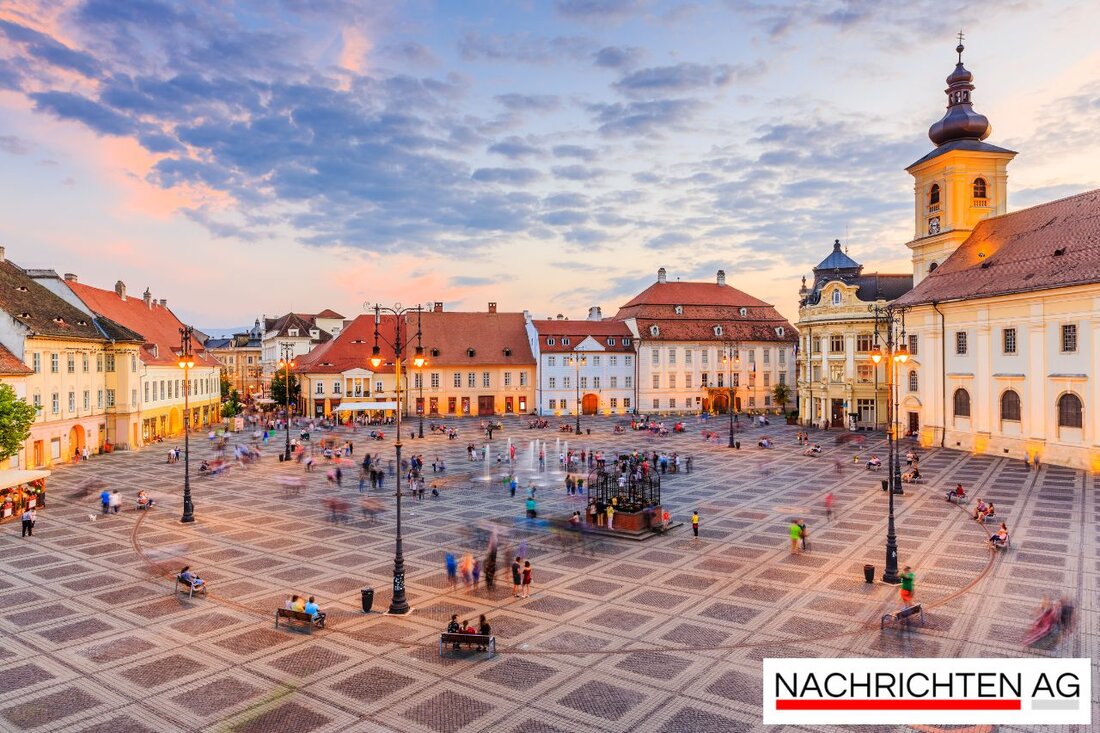Asparagus harvest 2025: Low yields, high prices – what's behind it?
Asparagus harvest 2025 in Anhalt-Bitterfeld: Lower yields, rising prices and challenges due to import competition.

Asparagus harvest 2025: Low yields, high prices – what's behind it?
The asparagus season has once again provided a lot to talk about in Germany, and especially in Saxony-Anhalt. On the farms around Stendal, asparagus farmers have a mixed assessment, as yields were lower this year, while the quality of the popular classic vegetable is consistently good. As MDR reports, the cool nights in April and May noticeably influenced the growth of the so-called royal vegetable.
The last harvest took place on June 24th, St. John's Day. Arne Garlipp, who grows 65 hectares of asparagus in Schelldorf, expressed confidence about the quality of the 2025 harvest. But rising personnel costs and competition from cheap imports pose a challenge for farmers. After all, customers were prepared to pay one euro more per kilo after five years of standstill, which gave producers some breathing room.
Harvest workers and personal challenges
A key issue is the availability of harvest workers. Many asparagus farmers, including Axel Tinneberg from Meßdorf, are struggling with a lack of staff. Tinneberg reports on the sudden departure of five Romanian harvest workers, which led to financial losses for his business. It's no wonder that Tinneberg is thinking about purchasing an asparagus harvester - an investment of around 400,000 euros - to address the uncertain personnel situation.
The working conditions for harvest workers are a hotly debated topic right now. According to Tagesschau, around 250,000 seasonal workers from abroad are necessary to ensure the harvest. These mainly come from Romania and Moldova, many of them have been working in the industry for years. However, working conditions urgently need to be improved, as the pressure from “Fair Agriculture” shows. High rents and sometimes unacceptable living conditions often make the situation unbearable for seasonal workers.
Prices and market analysis
When it comes to prices, there are regional differences. In Brandenburg, prices are relatively moderate at 15 to 18 euros per kilo compared to North Rhine-Westphalia (16 to 18 euros) and Munich, where they can even go up to 34.90 euros per kilo. Ilios explains that prices traditionally fall over the course of the season as supply increases. But weather conditions and rising wages are keeping farmers busy. Pricing in particular is influenced by a love of sustainability and an increased desire for local products.
Despite all the challenges, asparagus remains a valued luxury vegetable in German cuisine. Consumers place more value on quality and origin, which benefits local producers. While the cultivated areas in Saxony-Anhalt are currently shrinking, according to Garlipp, it is clear that domestic asparagus is in strong demand. A slight price decrease is expected in the 2025 peak season due to higher production. Younger consumers in particular are showing great interest in regional asparagus, which bodes well for the future.
The season may be behind us, but discussions about pricing, harvest conditions and the employment situation of seasonal workers will certainly continue. Next year will bring new challenges and opportunities for asparagus farmers in Saxony-Anhalt and beyond.

 Suche
Suche
 Mein Konto
Mein Konto